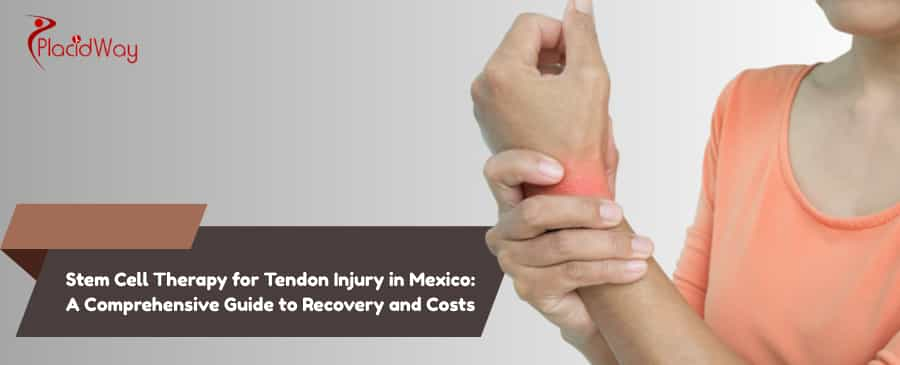
Key Takeaways
-
Patients from the US and Canada typically save 50%–70% by choosing stem cell therapy for tendon injury in Mexico, gaining access to expanded cell treatments often unavailable domestically due to regulatory restrictions.
-
Comprehensive packages in Mexico usually include the initial consultation, pre-treatment testing, high-dose stem cell injections (30M–100M cells), ultrasound guidance, IV vitamin drips, local transfers, and dedicated patient coordination.
-
Stem cell therapy cost comparison for tendon repair across popular medical tourism destinations:
-
Mexico: $2,500 – $6,500 USD (Average: $3,900)
-
Colombia: $3,000 – $7,000 USD
-
Panama: $15,000 – $25,000 USD
-
United States: $6,000 – $15,000 USD (Often for lower cell counts)
-
Canada: $8,000 – $12,000 USD (Limited availability)
-
Understanding Stem Cell Therapy for Tendon Repair
Stem cell therapy for tendon repair is a regenerative medical procedure that uses undifferentiated cells—specifically mesenchymal stem cells (MSCs)—to repair damaged tissues, reduce inflammation, and accelerate the healing of chronic tendonitis or partial tears without invasive surgery.
Tendon injuries, such as rotator cuff tears, Achilles tendonitis, and tennis elbow, are notoriously slow to heal due to poor blood supply. Stem cell therapy for tendonitis offers a biological solution that goes beyond symptom management. Unlike corticosteroid injections that mask pain but may weaken tissue over time, stem cells actively regenerate the damaged collagen structure.
When injected into the injured site, these cells perform two critical functions:
-
Paracrine Effect: They release growth factors and cytokines that signal the body's own repair mechanisms to wake up and target the injury.
-
Differentiation: Mesenchymal stem cells have the potential to differentiate into tenocytes (tendon cells), directly replacing damaged tissue with healthy, functional fibers.
This therapy is particularly effective for chronic degenerative tendinopathy where the body has stopped trying to heal the area naturally. By re-introducing a high concentration of potent cells, the healing cycle is restarted.
Did You Know? Tendons have 7x less oxygen consumption than muscles, which is why they heal so slowly. Stem cell therapy helps bypass this metabolic limitation by delivering a concentrated "repair crew" directly to the site.
Why Choose Mexico for Tendon Stem Cell Therapy?
Mexico has become a global hub for orthobiologics due to its progressive regulatory framework (COFEPRIS) that permits the cultivation and expansion of stem cells, allowing for significantly higher dosage and potency compared to what is legally available in the United States.
The primary driver for patients seeking tendon injury stem cell Mexico is not just cost, but the quality of the treatment. In the United States, FDA regulations generally restrict stem cell clinics to using "minimally manipulated" cells. This often means patients receive a "soup" of cells from bone marrow or fat with a relatively low count of actual stem cells.
In contrast, clinics in Tijuana and Cancun operate under COFEPRIS regulations, which allow for:
-
Cell Expansion: Laboratories can culture cells to multiply them, allowing doctors to administer doses of 50 million to 100 million viable cells per treatment.
-
Greater Potency: Higher cell counts correlate with better anti-inflammatory and regenerative results for thick tissues like the Achilles or Patellar tendon.
-
Experienced Specialists: Many Mexican regenerative medicine specialists have performed thousands of these procedures, often far more than their US counterparts.
Advantages of Mexico vs. US/Canada
|
Feature |
United States/Canada |
Mexico |
|---|---|---|
|
Cell Source |
Mostly Autologous (Patient's own) |
Autologous & Allogeneic (Donor) |
|
Cell Count |
Unknowable/Low (Minimally manipulated) |
High (Expanded to specific counts) |
|
Regulation |
FDA (Restrictive) |
COFEPRIS (Regulated but progressive) |
|
Cost |
High ($5k - $15k+) |
Moderate ($2.5k - $6k) |
|
Wait Time |
Variable |
Immediate/Short Notice |
Types of Stem Cells Used for Tendons in Mexico
Mexican clinics primarily utilize Mesenchymal Stem Cells (MSCs) derived from either the patient’s own body (Autologous) or ethically sourced donor tissues like umbilical cord Wharton’s Jelly (Allogeneic), with the latter being preferred for older patients due to higher cellular vitality.
Choosing the right type of cell is crucial for the success of non-surgical tendon repair Mexico.
Umbilical Cord Tissue (Allogeneic)
This is the most popular option in Mexico. Cells are harvested from the Wharton’s Jelly of healthy, pre-screened donated umbilical cords (after C-sections).
-
Pros: Youngest cells with highest replication rate; no harvesting procedure needed for the patient; immune-privileged (no rejection).
-
Best For: Older patients whose own stem cells may have diminished potency due to aging ("stem cell exhaustion").
Bone Marrow Aspirate Concentrate (BMAC)
Cells are harvested from the patient's hip bone.
-
Pros: Your own DNA; rich in growth factors.
-
Cons: Painful harvesting procedure; cell quality depends on patient age/health.
Adipose-Derived Stem Cells
Cells are harvested via mini-liposuction from abdominal fat.
-
Pros: Fat contains a high density of stem cells.
-
Cons: Requires minor surgery; processing takes time.
Exosomes
These are not cells but the "messenger packets" released by stem cells. They are often added to stem cell treatments in Mexico to "supercharge" the communication between cells.
The Procedure: What to Expect
The stem cell procedure for tendon injuries is a minimally invasive, outpatient protocol that typically takes 2 to 4 hours, involving preparation, ultrasound-guided injection, and a short observation period, allowing patients to return to their hotel the same day.
Here is the typical patient journey for stem cell therapy for rotator cuff Mexico or similar procedures:
-
Pre-Procedure Assessment:
-
Review of MRI/X-Rays.
-
Blood work to ensure safety for the procedure.
-
-
Preparation (30-45 mins):
-
Patient is prepped in a sterile room.
-
Local anesthesia is applied to the injection site.
-
If receiving IV therapy (often included in packages), the drip is started.
-
-
The Injection (15-30 mins):
-
Using high-resolution Ultrasound Guidance or Fluoroscopy, the doctor visualizes the exact tear or inflamed area of the tendon.
-
The concentrated stem cells are injected precisely into the lesion (e.g., the supraspinatus tendon for shoulder issues).
-
-
Recovery & Discharge (1 hour):
-
Rest in a recovery suite.
-
Vitals monitored.
-
Discharge with aftercare instructions.
-
Cost of Stem Cell Therapy for Tendon Injury in Mexico
The cost of stem cell therapy for tendon injuries in Mexico ranges from $2,500 to $6,500, depending heavily on the type of cells used (autologous vs. allogeneic) and the total cell count required for the severity of the injury.
Cost is a major factor. Below is a detailed breakdown of what you can expect to pay for specific tendon treatments in major Mexican medical hubs.
Detailed Cost Breakdown by Procedure
|
Procedure |
Avg. Cost in Mexico (USD) |
Avg. Cost in US (USD) |
Savings |
|---|---|---|---|
|
Rotator Cuff Stem Cell Therapy |
$2,900 – $4,500 |
$8,000 – $12,000 |
~65% |
|
Achilles Tendon Repair (Injection) |
$2,500 – $4,000 |
$6,000 – $10,000 |
~60% |
|
Patellar Tendon (Knee) Treatment |
$2,500 – $3,900 |
$5,500 – $9,000 |
~55% |
|
Tennis/Golfer's Elbow Injection |
$2,000 – $3,500 |
$4,500 – $8,000 |
~55% |
|
Systemic IV + Local Injection Combo |
$4,500 – $8,500 |
$15,000+ |
~70% |
What Influences the Price?
-
Cell Count: A treatment with 25 million cells will cost significantly less than one with 100 million cells.
-
Number of Joints: Treating both shoulders or both knees will increase the price, though usually at a discounted "second joint" rate.
-
Protocol Complexity: Adding Exosomes, PRP (Platelet Rich Plasma), or Ozone therapy to the package increases the total cost.
Expert Insight: "Don't just shop for the lowest price. Ask for the 'Cell Count Certificate' from the laboratory. You want to ensure you are paying for live, viable cells, not just a liquid volume. A reputable clinic in Mexico will always provide third-party validation of their cell viability." — Dr. Medical Advisor, PlacidWay
Top Cities and Clinics for Tendon Repair
The primary destinations for orthopedic stem cell therapy in Mexico are Tijuana (border convenience), Cancun (vacation recovery), and Mexico City (specialist hubs), each hosting internationally accredited clinics catering specifically to medical tourists.
Tijuana, Mexico
-
Why here: Located minutes from the San Diego border, Stem cell therapy Tijuana Mexico is the most accessible option for US West Coast residents.
-
Key Feature: High concentration of clinics allowing for competitive pricing.
-
Target: Rotator cuff, knees, and spine.
Cancun, Mexico
-
Why here: Ideal for combining recovery with a relaxing environment. Cancun regenerative medicine centers are often located in high-end medical zones.
-
Key Feature: Many clinics offer "vacation packages" including resort stays.
-
Target: Sports injuries, Achilles tendonitis.
Guadalajara & Mexico City
-
Why here: These cities are home to large university hospitals and research centers.
-
Key Feature: specialized care for complex cases involving multiple tendons or underlying autoimmune conditions.
Success Rates and Recovery Timeline
Clinical data and patient reports suggest an 80% success rate in significant pain reduction and functional improvement for tendon injuries, with structural healing visible on MRIs typically between 3 to 6 months post-treatment.
Stem cell therapy is not a "magic bullet" that works overnight. It is a biological process that follows a specific timeline.
The Healing Timeline
-
Days 1-3 (Inflammatory Phase): You may experience mild swelling or stiffness at the injection site. This is a sign the immune system is responding.
-
Weeks 2-4 (Proliferation Phase): Pain usually begins to decrease. Patients often report "good days and bad days."
-
Months 3-6 (Remodeling Phase): The most significant structural repair happens here. MRI scans often show the filling of partial tears and thickening of the tendon.
-
Month 12: Final maturation of the tissue. Maximum benefit is usually reached.
Important: Patients are usually advised to avoid high-impact activities for at least 4-6 weeks to allow the cells to anchor and begin the repair matrix.
Candidate Eligibility and Risks
Ideal candidates are those with partial tendon tears, chronic tendinopathy, or degeneration who wish to avoid surgery; however, patients with active cancer, severe infections, or complete tendon ruptures are generally not eligible for this therapy.
Who is a Good Candidate?
-
Partial Tears: Patients with MRI-confirmed partial tears of the rotator cuff, Achilles, or patellar tendon.
-
Failed Conservative Care: Those who have tried physical therapy, rest, and cortisone without lasting success.
-
Surgical Risks: Elderly patients or those with comorbidities for whom surgery is too risky.
Safety and Risks
While stem cell therapy for tendon tears is considered safe, especially compared to surgery, there are minor risks:
-
Injection Site Pain: Temporary soreness.
-
Infection: Extremely rare (less than 0.1%) when performed in a sterile, clinical setting.
-
Immune Reaction: Rare with autologous cells; low risk with properly screened allogeneic cells.
Exclusion Criteria:
-
Complete tendon retraction (requires surgery to re-attach).
-
Active blood infections.
-
History of bone marrow cancer (lymphoma/leukemia).
Frequently Asked Questions (FAQ)
Is stem cell therapy for tendon tears legal in Mexico?
Yes, stem cell therapy is legal and regulated in Mexico. It is overseen by COFEPRIS (the Mexican equivalent of the FDA). Clinics must possess specific licenses to harvest, culture, and administer stem cells. Mexico's regulations allow for the cultivation of cells, which is a key advantage over the US.
How long does the procedure take?
The actual injection usually takes less than 30 minutes. However, the entire appointment, including consultation, preparation, and recovery observation, typically lasts between 2 to 4 hours.
Will I need more than one treatment?
For most tendon injuries, a single high-dose treatment (e.g., 50-100 million cells) is sufficient. However, for severe degeneration or multi-joint issues, a booster treatment may be recommended 6 to 12 months later.
Can stem cells heal a fully ruptured tendon?
No. If a tendon is completely torn and retracted (pulled away from the bone), surgery is required to physically reattach it. Stem cells can be used after surgery to accelerate healing, but they cannot mechanically reconnect separated ends.
How successful is stem cell therapy for rotator cuff tears?
Studies and clinical data indicate that for partial tears and tendinopathy, success rates (defined as significant pain reduction and functional gain) are around 75% to 85%. It is highly effective at preventing the need for surgery in partial tear cases.
Does insurance cover stem cell therapy in Mexico?
Generally, no. US and Canadian health insurance providers consider stem cell therapy "investigational" and do not cover it, whether performed domestically or abroad.
Is it painful?
The procedure is minimally painful. Local anesthesia is used to numb the skin and the injection path. Most patients report only mild pressure during the injection and some soreness for 24-48 hours afterward.
Ready to Restore Your Mobility?
Don't let chronic tendon pain dictate your life. PlacidWay partners with the most reputable, COFEPRIS-certified stem cell clinics in Mexico to bring you safe, affordable, and effective regenerative solutions.
Why book through PlacidWay?
-
Verified Clinics: We rigorously vet every provider for safety and accreditation.
-
Transparent Pricing: Get a direct quote with no hidden fees.
-
Patient Support: From consultation to recovery, we guide you every step of the way.


.png)



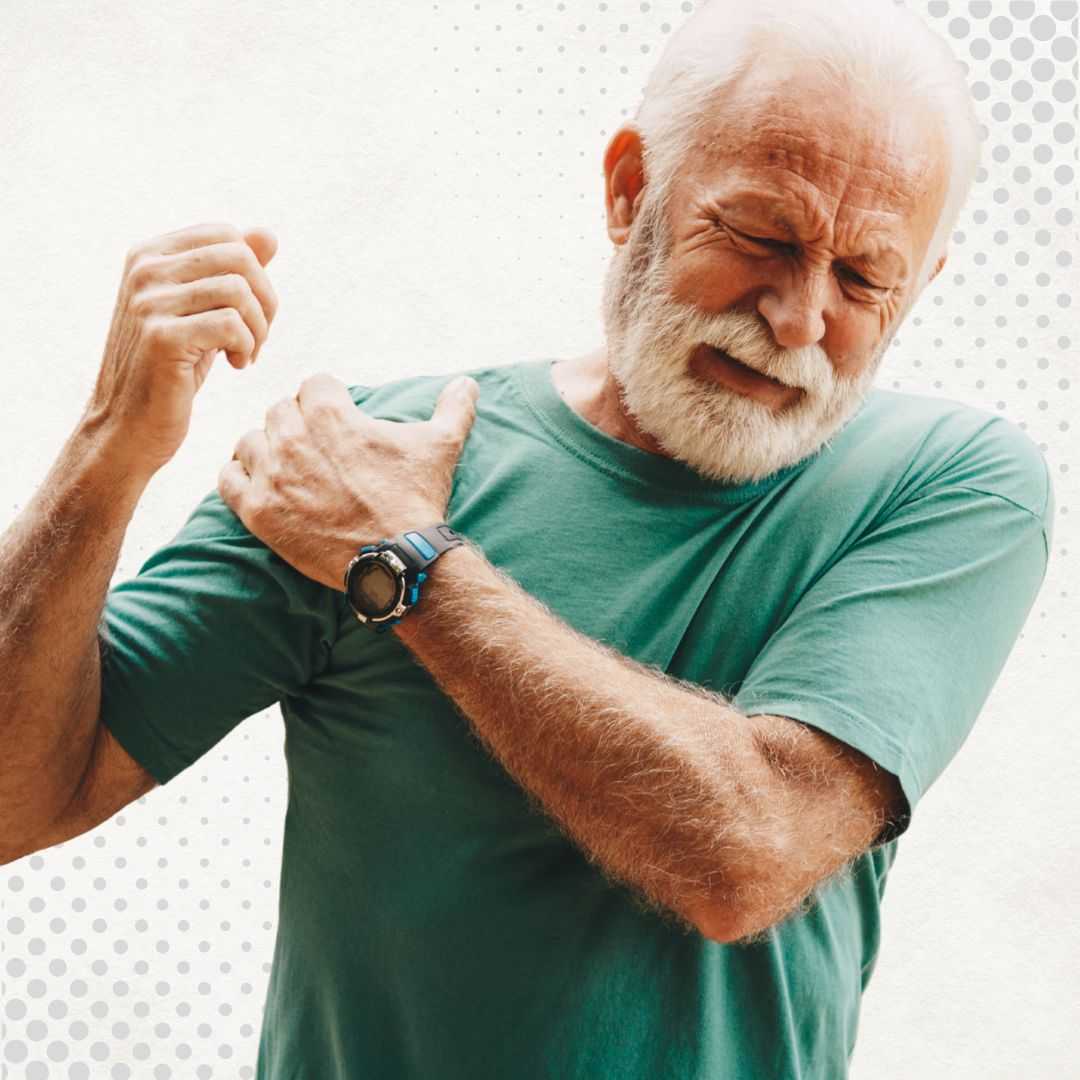

.jpg)
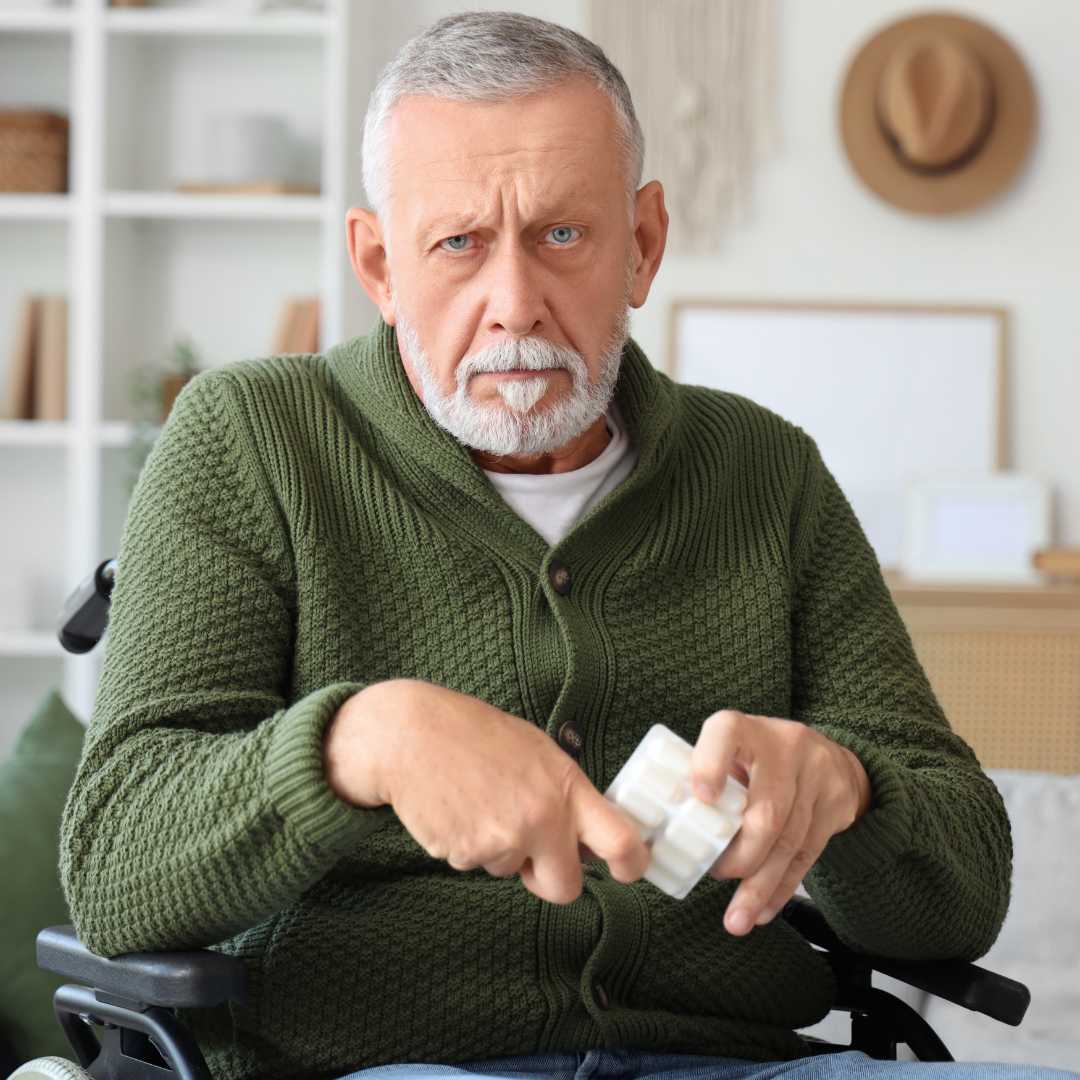

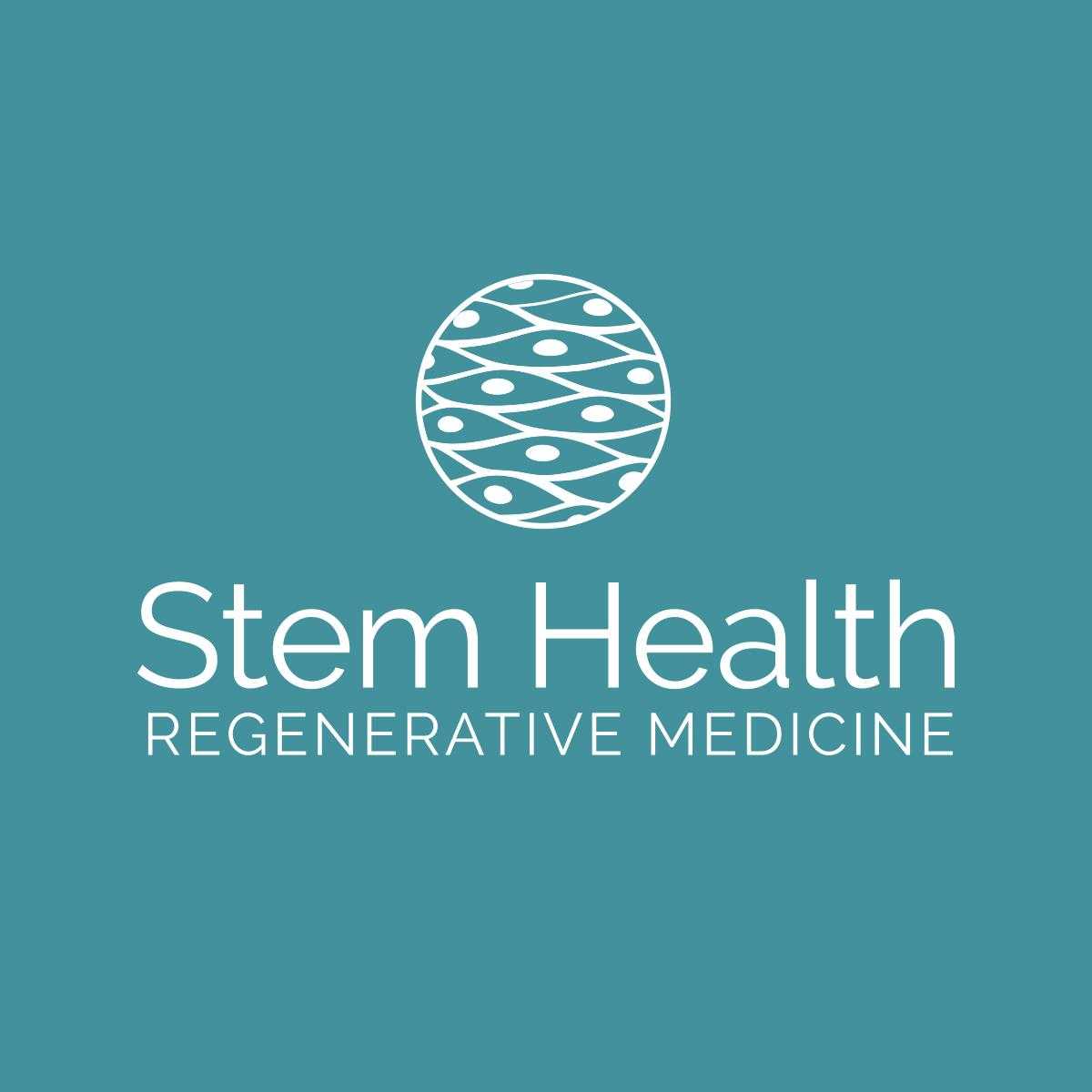

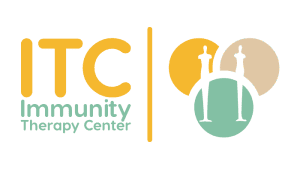
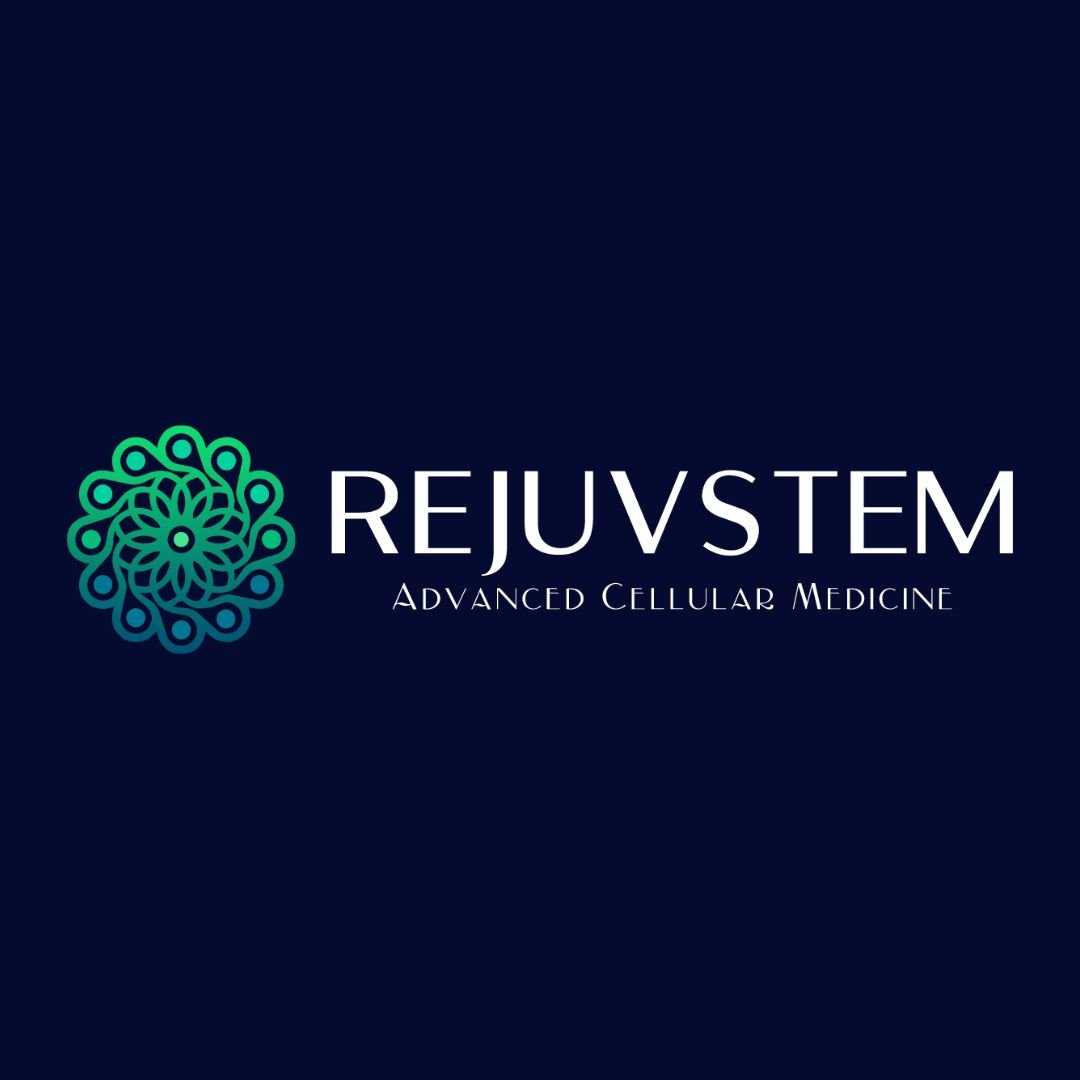


Share this listing